Letters from Lodi
An insightful and objective look at viticulture and winemaking from the Lodi
Appellation and the growers and vintners behind these crafts. Told from the
perspective of multi-award winning wine journalist, Randy Caparoso.
For one last time: level of alcohol has little to do with overall quality or balance in wines
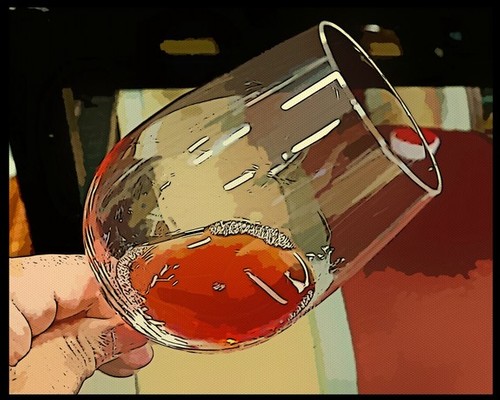
There was an unexpected response to one of our articles posted at the end of January on Zinfandels tasted at the last big Zinfandel Advocates & Producers Grand Tasting in San Francisco (see At 2024 ZAP, it is clear that California Zinfandel has finally grown up).
On social media, one widely known wine journalist asked, "Why did you not list the alcohol levels of the Zinfandels you wrote about?" His explanation for his question: "Knowing the alcohol levels helps me decide if I like wine or not."
When it comes to wine, the rule is always to each his own. Neither I nor anyone can ever tell you how to appreciate wine. But when it comes to alcohol, particularly as it pertains to California Zinfandel, I can advise you based on simple facts: It is a big mistake to pre-judge a wine by its level of alcohol—something the industry often refers to as ABV, or Alcohol by Volume, usually listed in small print on the sides of wine labels.
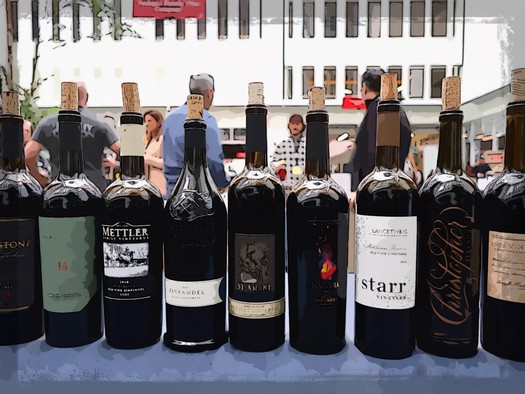
Bottles of Lodi-grown Zinfandel at the 2024 ZAP Grand Tasting in San Francisco, each averaging approximately 14.5% to 15% ABV, a current industry standard.
Alcohol by Volume Variance
First, it is true that a bottle's ABV can give a consumer an idea of a wine's sense of body or fullness. On a sensory level, table wines that are more than 14% alcohol tend to be fuller-bodied than wines less than 13% or 12% alcohol. Wines that are just 10%, 11%, or 12% alcohol tend to be lighter in the body than 15% or 16% ABV wines.
There is, however, one huge hitch: In their eternal wisdom federal regulators also allow wineries a leeway of as much as 1.5% plus or minus in the stated ABV on their wine labels. For wines above 14% ABV, the leeway is 1%, which still means a wine that is actually 15.5% in alcohol may say just 14.5% on the label. For wines below 14% ABV, the 1.5% leeway means a 14% ABV wine can be listed as having just 12.5%; and vice-versa, a wine that is just 12.5% in alcohol may be listed as having 14%.
Many wineries endeavor to be truthful about their ABV. I would say, however, that most wineries routinely take full advantage of the allowance variance to project a semblance of consistency in their product from year to year. This is all part of branding. Therefore they will list, say, 14% or 14.5% on their labels each and every year, no matter what the actual ABV of their wine actually is.
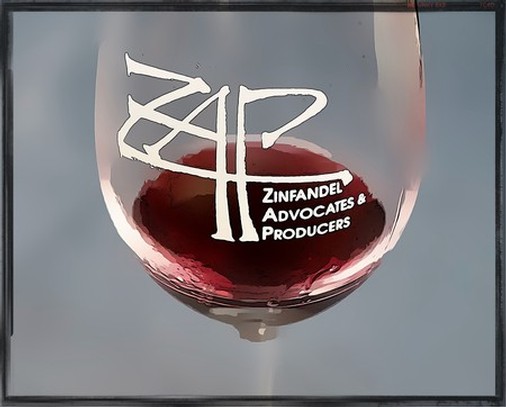
Almost the exact same variance, incidentally, is allowed for imported wines. Why, for instance, does your favorite New Zealand Sauvignon Blanc, Bordeaux from France or Chianti from Italy always say 12% or 12.5% ABV year in and year out? Do you actually believe these wines are finished with the exact same alcohol level in each and every vintage? Of course not. Wines are made from grapes, and grapes do not grow the exact same way each year. Some years they produce less sugar (resulting in lower alcohol) and some years they produce more sugar (giving higher alcohol). Listings of ABV on import labels are approximations at best.
Ergo, it is not wise to judge a wine, any wine, by the ABV that you see on a label. There is more than a 50% chance that it is not an actual indication of how much alcohol is in a bottle. Something that is, nevertheless, in full compliance with federal guidelines.
Why alcohol is not an accurate barometer of wine quality or balance
Since it was an article on California Zinfandel that sparked a return to the subject matter of alcohol in wine, let me cite an interesting conversation I happened to be in the middle of a couple of years ago, at the table of a popular Lodi restaurant. It involved two winemakers—who shall go unnamed, but both highly regarded by media, trade, colleagues, and consumers—sharing a bottle of a Lodi Zinfandel over 20 years old.
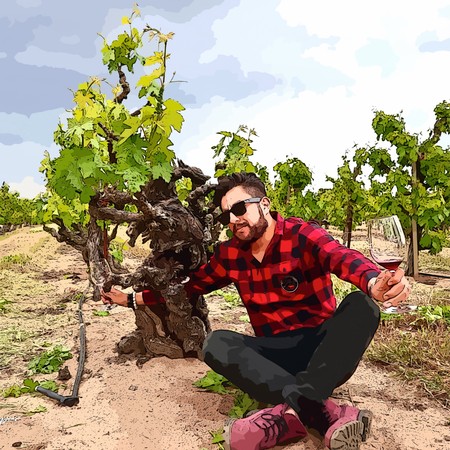
Visiting sommelier with old vine Lodi Zinfandel, over 100 years old.
The Zinfandel was amazing—fresh, fragrant, zesty, incredibly well-balanced, and lively on the palate. I suspected it might be just as good or better after another 10 years of aging! Winemaker #1 made the blanket statement, "This goes to show how good Zinfandel can be when the grapes are not picked overripe and the potential alcohol is low." Winemaker #2 turned the label towards his colleague and pointed out the stated ABV on the bottle: 16.2%. Not exactly "low."
The point is this: Alcohol is an indication of the body, but it is not an indication of what matters most when we perceive attributes considered pertinent to quality. That is, qualities of flavor, balance, freshness, expression of grapes and place, and so forth. Because the best wines of the world are always a sum of their parts, quite often a 15% or 16% ABV wine may taste lighter and more finesseful, thus "better," than a 12% or 13% ABV wine. By the same token, 12% or 13% ABV wines often taste heavier, rougher, and less satisfying from an overall quality perspective than 15% or 16% ABV wines.
That's because wine quality is perceived on a sensory level, not on the basis of numbers listed on a label. A bottle's ABV can tell you how light or full-bodied a wine might be, but it will never tell you how good, bad or so-so you may actually find it to be.
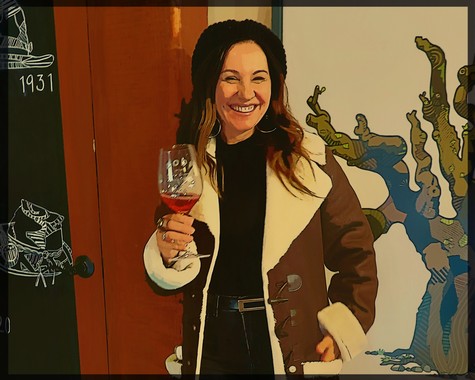
Lodi Zinfandel lover.
Wine geeks, of course, like to talk about "balance" in wine. A wine can be described as balanced when all its sensory qualities are in harmony, without excess of one element or another. That is to say, acidity is balanced when a wine is neither too puckery nor so soft that it lacks freshness or crispness. Tannin is balanced when the wine is not unpleasantly bitter or astringent. The body is in balance when alcohol does not taste harsh or hot.
Aromatic qualities—such as oak, herbiness, or fruitiness—are all subjective to a beholder's sense of balance. After that, all bets are off, because what may seem like a balanced wine to one person may be rough and excessive to another person, or weak and wimpy to still another. There is no accounting for taste, even among crafty winemakers or respected critics, but hey, Vive la différence.
What is unacceptable is the assumption that universal standards even exist. About twelve years ago, for instance, a group of American wine industry professionals started an informal movement called In Pursuit of Balance to draw attention away from fuller-bodied, intense styles of wine (i.e., wines higher in alcohol and ripe fruit qualities), based upon the inference that lighter, more subtle wines are more "balanced."
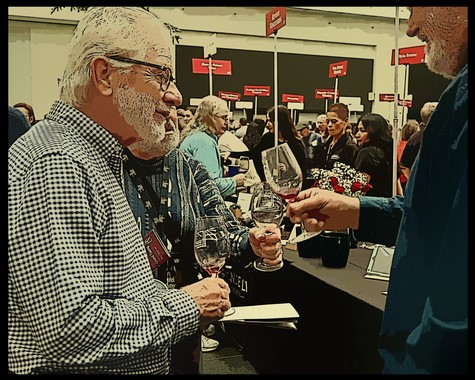
Longtime Zinfandel lovers at the 2024 ZAP Grand Tasting.
The intention of In Pursuit of Balance was laudable but problematic in a number of ways, including the fact that
1. Many wines by dint of origin find their most compelling balance when they are full-bodied (i.e., higher in alcohol) and intense from the perspective of ripe fruitiness.
2. Lightness and subtlety are often excuses for wines made in erroneous ways, grown in the wrong places, or are just plain boring.
3. In many vintages Mother Nature, rather than a vintner, dictates that full-bodied, intense wines be made.
4. There are just as many food affinities for fuller-bodied wines as there are for lighter wines, and
5. Many consumers prefer big, blustery wines that are higher in alcohol.
Singular definitions of balance are simply not applicable to all wines from every place, even when made from the same grapes (the latter factor, a reflection of the American obsession with varietal character, notwithstanding where wines are grown). Therefore, neither alcohol level nor ripeness of fruit character can define "balance"—especially since the qualities appreciated in the world's most interesting wines are determined more by their sense of place than the expectations that anyone might place upon them.
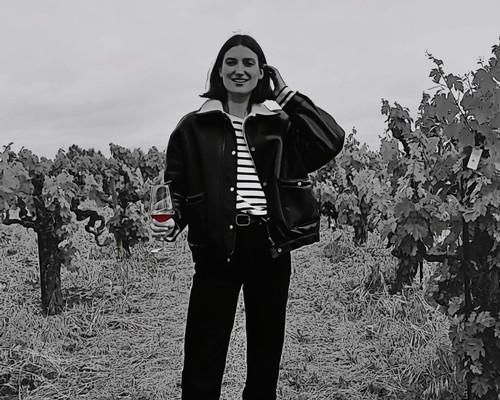
In the ancient vine Lodi vineyard, Michèle Ouellet Benson of Lorenza Wines, known for wines lighter in ABV finding favor among more and more consumers.
The current American palate
Baby boomers, who developed their taste for wine largely during their formative years in the 1960s and 1970s, can well recall when both imports and California wines were typically produced on the lighter side in terms of ABV. 12% or 12.5% ABV was the norm. 13.5% or 14% ABV was considered a little more daring, even risqué. 15% or 16% was totally freaky, the kind of wine you don't take home to mother.
Many things have since changed to the point where 14% or 14.5% is now on the lighter side when it comes to American wine. Advancements in viticulture, to begin with, have made it a lot easier for grape growers to produce perfectly ripened grapes, whereas 50 or 60 years ago it was hard as hell to get grapes up to a sufficient amount of sugar level to produce much more than 12.5% potential alcohol.
It is often pointed out that red wines made from Zinfandel typify the current American mania for full-bodied, ripe-tasting wines. But really, even for the so-called classic varietals such as Cabernet Sauvignon, Merlot, Pinot Noir, and Chardonnay, 14% or 14.5% ABV is now considered "light," and 15% or 15.5% very common among all the popular varietals.
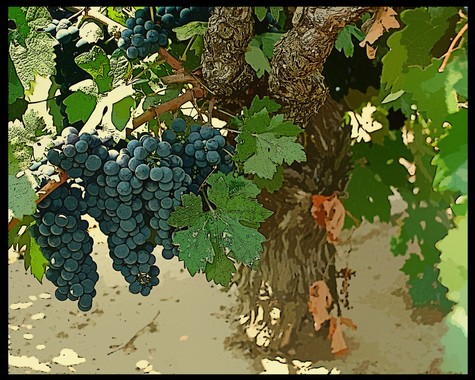
Ancient vine (over 100 years old) Mokelumne River-Lodi Zinfandel.
Many of the wines on the American market, from mass-produced supermarket brands to ultra-rare prestige bottlings, are now sold on the basis of 100-point scores—a convenient way of selling wines put out by media and embraced by retailers in both online and brick-and-mortar outlets. Generally speaking, the fuller-bodied and riper tasting the wine, the higher the score. Consumers are demanding more bang for their buck, and the entire industry (from production to sales and marketing) is simply meeting their needs, and reinforcing them by supplying scores.
But if there is anything predictable about the American wine market, it's that everything eventually changes. Fifty years ago Mateus and Lancers Rosés sold in squat or ceramic bottles, Blue Nun and fruity California Chenin Blanc were a big deal. Just twenty years ago the market was still awash with White Zinfandel. Since then, tutti-fruity Blue Nun and White Zinfandel have market afterthoughts, and consumers who used to drink these wines are now buying either different kinds of fruity wines or have moved on to dryer wines, such as Pinot Grigio, Sauvignon Blanc, Chardonnay, Pinot Noir, maybe even... red Zinfandel.
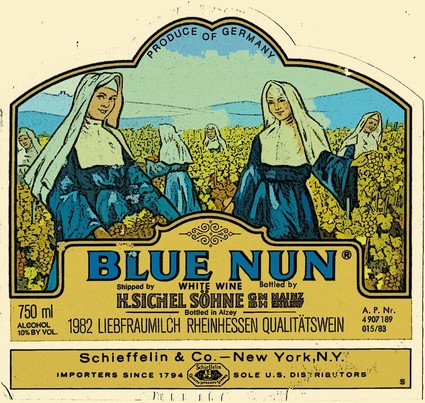
Label for one of the most popular imports in the world during the 1960s and 1970s; finished at about 10% ABV, and sold in seemingly every store and restaurant in America.
Lodi grows approximately one-fifth of the grapes in the state of California, and California still produces over 90% of all the domestic wines sold in the United States. And so, yeah, Lodi is a big deal, and anyone can see the changes just within this segment of the grape and wine-producing market.
Zinfandel is still Lodi's most widely planted grape (about 40% of California Zinfandel is grown in Lodi), and most of it is now made into red wine rather than pink fruity wines. If you just look at the type of Zinfandel reds now being produced by the majority of vintners utilizing Lodi-grown fruit you can see that the wines are getting
• A little lighter in alcohol.
• Less ripe in fruit profile to the point where they are more floral and less "jammy."
• Have a little more emphasis on natural acidity, adding to a zestier edge rather than soft, mushy qualities.
• Less obviously oaky, to the point where the sweetness and toastiness of wood are barely perceptible.
• In bottlings that highlight the names of vineyards, much more emphasis on taste profiles reflecting a "sense of place" as opposed to varietal character.
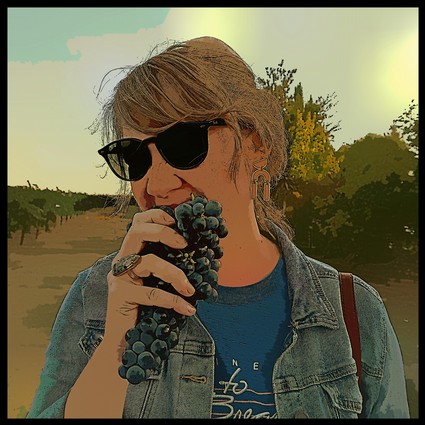
Visiting sommelier sampling ancient vine Lodi Zinfandel at the source.
The red Zinfandel category in itself, in other words, is changing as we speak. A wine that is "big" in alcohol, possessing accentuated fruitiness or lavished with sweet, toasty oakiness is no longer good enough for an increasing number of consumers. Many of them now want a little more subtlety, a sense of balance or restraint, and authenticity from the perspective of tasting like where it comes from (as opposed to a Zinfandel that could have come from anywhere).
Above all, consumers are simply smarter than ever. The more they experience, the less reliant they become on what they read or what they are told. They are more cognizant of their own personal taste, basing their choices on that.
The same for the industry itself. If you are not producing products to appeal to consumers' increasingly more sophisticated tastes, then you are not keeping up. The fact that there are more and better wines available to consumers than ever before tells you that most of the industry is doing just fine, thank you.
Wine, when you think of it, is an ultimate adult beverage because so much of its appeal is aesthetic, it's intellectual, it's culinary or gastronomic, and historical with respect to heritage vineyards and appellations that have their own compelling history. What it is not is just another alcoholic beverage.
Therefore, the last thing you want to do is judge—or worse, pre-judge—any wine purely on the basis of its level of alcohol.
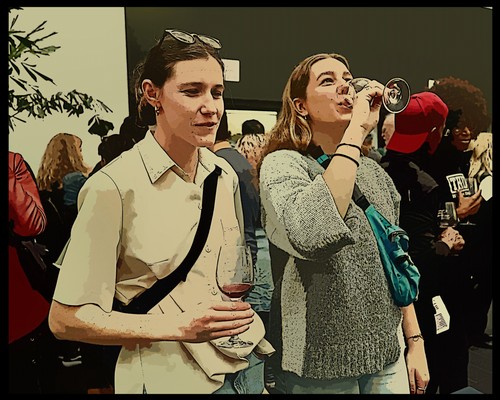
Zinfandel lovers at the 2024 ZAP Grand Tasting in San Francisco.